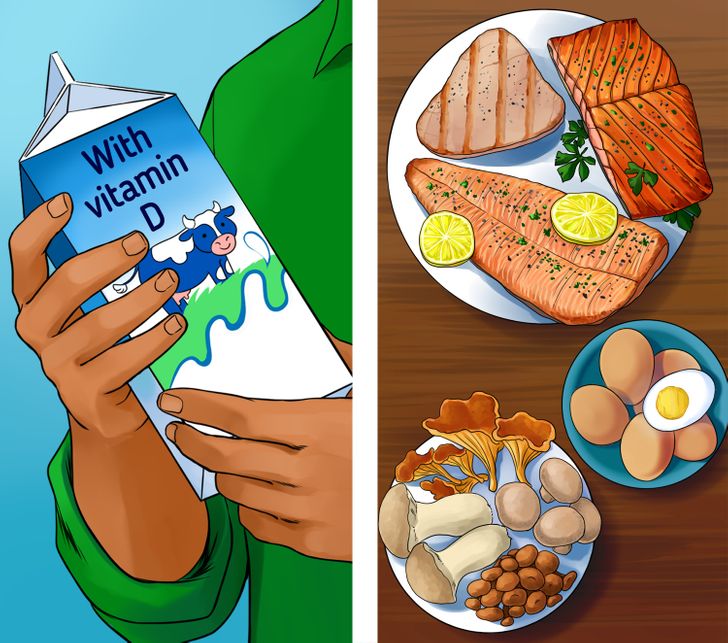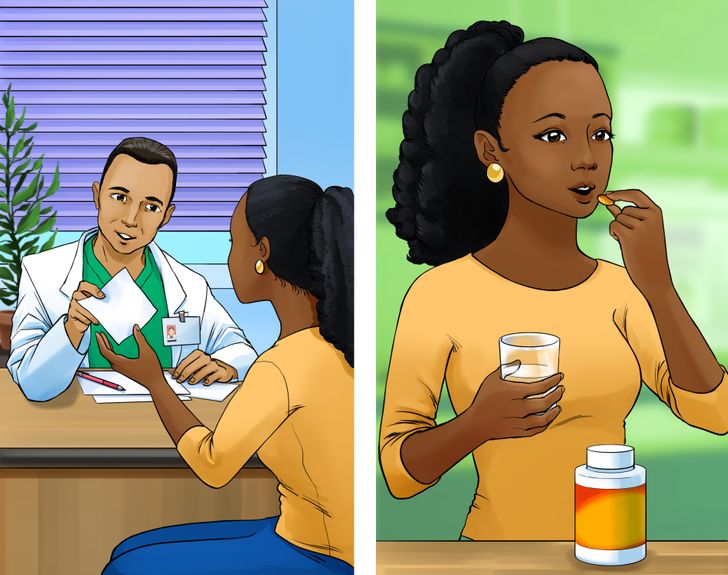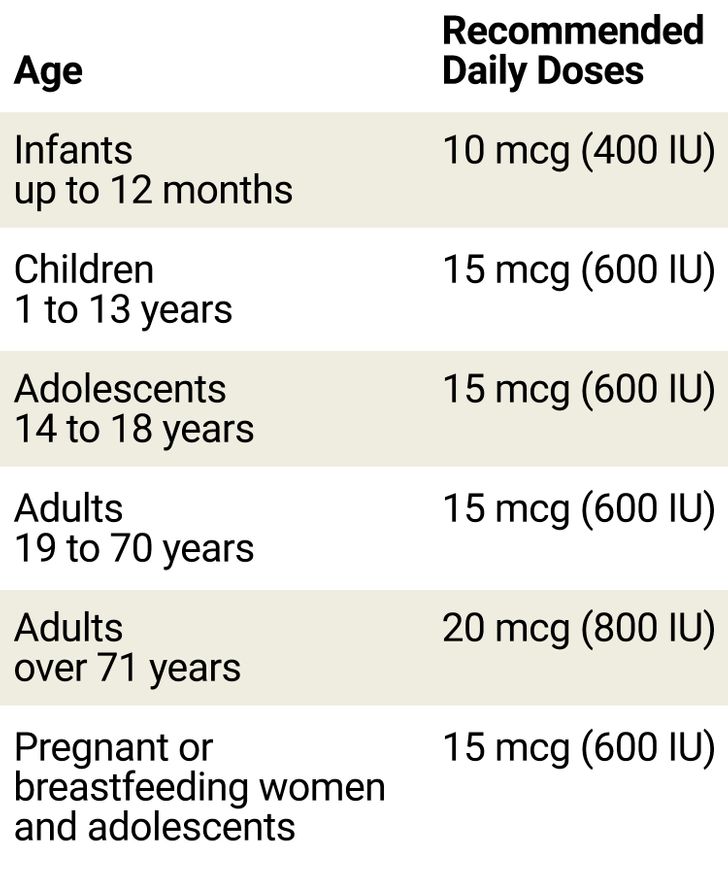What Vitamin D Is, and What It’s For

Vitamins, along with other nutrients, are some of the most important means by which our body can develop properly during childhood as well as through adulthood. In fact, at the same time, they play a very important role in regulating our body to make sure it works the way it should. For its multiple functions to be carried out correctly throughout other stages of life, you must have a proper intake of vitamins as well as other nutrients.
That’s why 5-Minute Crafts wants to raise awareness about what vitamin D is, what it’s for, and where you can find it.
Some of the functions Vitamin D has in the body

Vitamin D is a nutrient whose main task is to help our bodies treat calcium from the food that we eat every day. Basically, it helps us absorb it to later make use of it. As you know, calcium is very important for our bones. Not only does it help to strengthen them when we’re younger, but it also maintains them as we grow older.
Among others, some of its functions are:
1. Contributing to muscle function
2. Contributing to the overall health of our immune system for it to fight and prevent diseases efficiently
3. Contributing to the activity of our brain cells
Ways to produce vitamin D and consume it
1. Through direct exposure to sunlight

Typically, perfectly healthy bodies will produce vitamin D after our skin is exposed directly to sunlight. However, some precautions should be taken into account when sunbathing. You should always remember that ultraviolet radiation can also have harmful effects, especially when you’re exposed to it for long periods of time.
In general, experts recommend:
- During the summer: a maximum exposure of 10 to 15 minutes, 3 times a week, preferably from 10:00 a.m. to 4:00 p.m.
- During the winter: a maximum exposure of 20 to 25 minutes, 3 times a week, from 10:00 a.m. to 4:00 p.m.
- In any case: Expose the forearms, arms, face, and legs. However, if you suffer from sensitive skin in any of these areas, always make sure to wear sunscreen or clothing that covers the skin.
Remember that this is merely informative. The perfect exposure time will depend on where you live and the health of your skin, so it’s advisable to see a dermatologist and ask how to sunbathe properly without this being a problem.
2. Through foods rich in this nutrient

Vitamin D can be found in very few foods, which is why some products are fortified with this nutrient, allowing you to supplement your intake. It’s advisable to look at nutritional information labels to find out how much vitamin D each item provides.
It’s also possible to integrate it naturally into the diet through fatty fish such as trout, salmon, and tuna, along with egg yolks and mushrooms.
3. Through supplements

It’s possible to find a great variety of vitamin D supplements at various markets. However, these should always be consumed according to a medical prescription issued by a specialist who will determine the appropriate dosage according to your age, health condition, etc.
Bonus: the amount to be consumed

In healthy people, the amount of vitamin D to be ingested is directly related to age, although it is advisable to consult a doctor to know the dose and also to rule out any deficiency or pathologies that may hinder its absorption.
The table above shows the recommended amount in micrograms (mcg) and international units (IU).